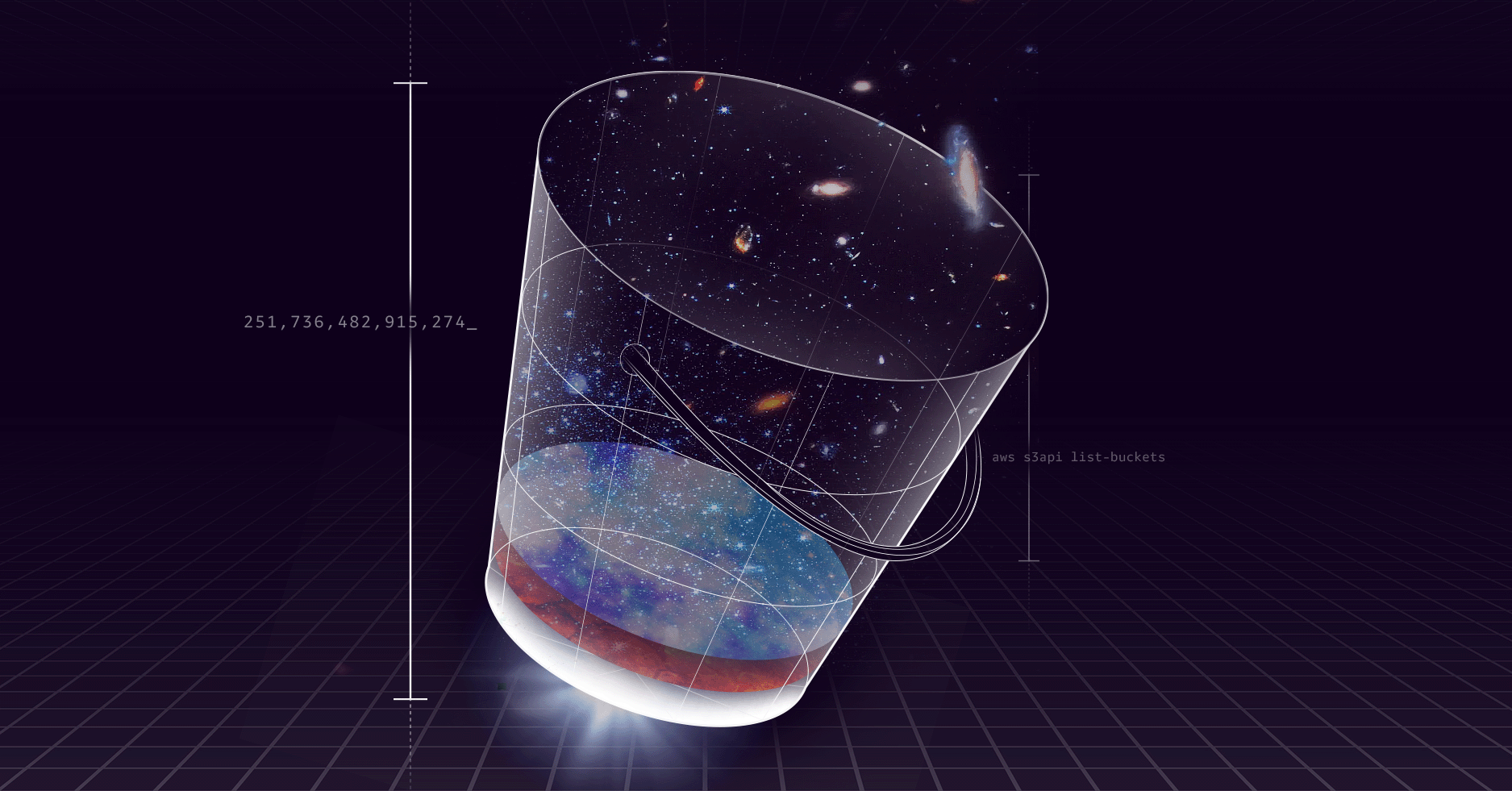S3's 19th Birthday: From Simple Object Store to Sophisticated Data Platform

Amazon S3 celebrates its 19th birthday! This post chronicles S3's evolution from a simple object store to a sophisticated data platform. Driven by customer feedback, S3 continuously improves, exemplified by the launch of S3 Tables for enhanced tabular data handling and addressing limitations like increased bucket limits. The S3 team emphasizes 'simplicity,' aiming to let developers focus on business logic, not infrastructure, while continuously improving performance and elastic scalability to meet growing demands.
Read more











